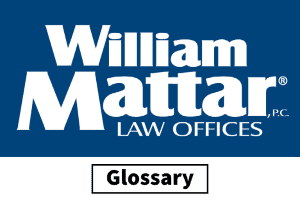

(844) - 444-4444

Under New York law, “the culpable conduct attributable to the [plaintiff] . . . including contributory negligence or assumption of risk, shall not bar recovery.” New York follows a “comparative fault” rule. This means that an injured motorist’s own negligent behavior will not necessarily prevent them from receiving compensation for pain and suffering. For instance, if a judge or jury assigns 80-percent fault to the defendant and 20-percent fault to the plaintiff, in most cases the defendant can still be liable and the plaintiff can still recover 80-percent of their damages for pain and suffering.
New York courts have held, however, that when measuring a defendant’s duty the risks assumed by a plaintiff are relevant for purposes of measuring the defendant’s duty of care. Under certain extreme conditions, someone who voluntarily assumes a risk of harm may be said to have assumed the risk. As recently observed by New York’s highest court: “by freely assuming a known risk, a plaintiff commensurately negates any duty on the part of the defendant to safeguard him or her from the risk.”
An experienced attorney can explain the difference between conduct that might be seen as comparative fault and that which might qualify as assumption of risk, a very important distinction with important consequences in a personal injury case. Contact William Mattar today at (844) 444-4444.





